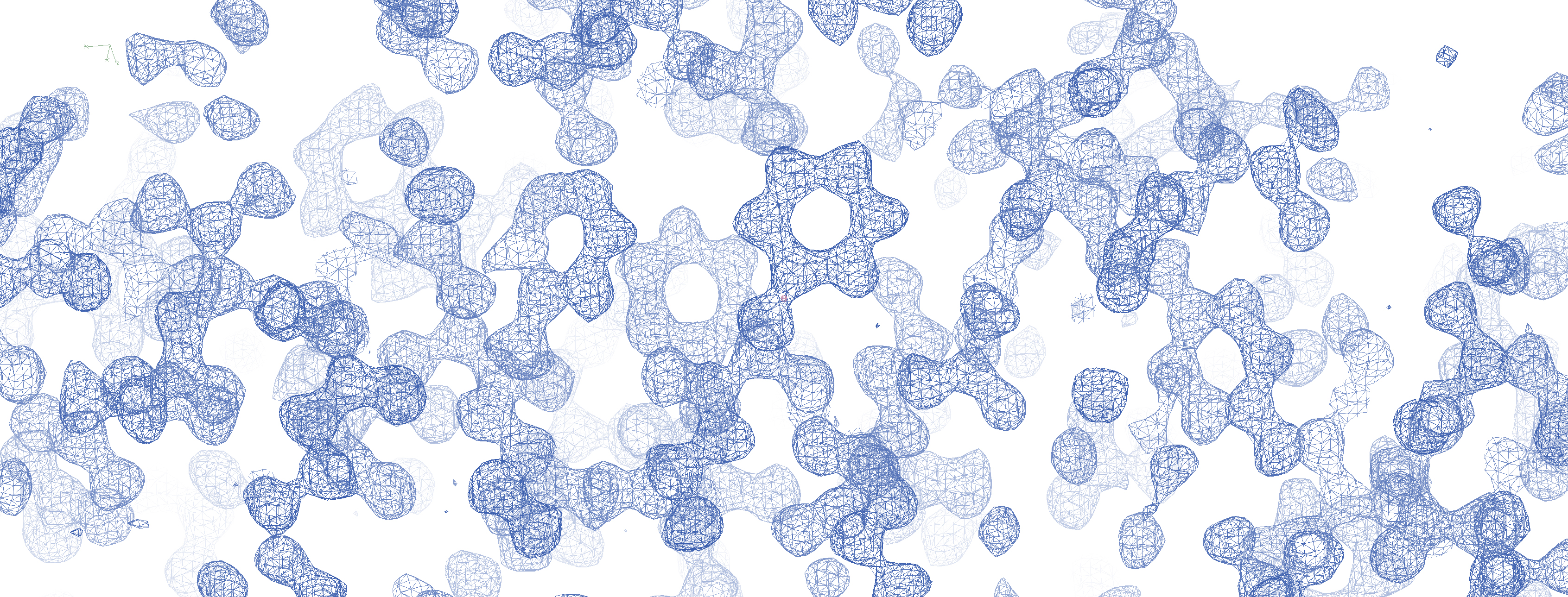Ice thickness control and measurement in the VitroJet for time-efficient single particle structure determination

Rene J.M. Henderikx, Maaike J.G. Schotman, Saba Shahzad, Simon A. Fromm, Daniel Mann, Julian Hennies, Thomas V. Heidler, Dariush Ashtiani, Wim J.H. Hagen, Roger J.M. Jeurissen, Simone Mattei, Peter J. Peters, Carsten Sachse, Bart W.A.M.M. Beulen
Abstract
Embedding biomolecules in vitreous ice of optimal thickness is critical for structure determination by cryo-electron microscopy. Ice thickness assessment and selection of suitable holes for data collection are currently part of time-consuming preparatory routines performed on expensive electron microscopes. To address this challenge, a routine has been developed to measure ice thickness during sample preparation using an optical camera integrated in the VitroJet. This method allows to estimate the ice thickness with an error below ± 20 nm for ice layers in the range of 0 – 70 nm. Additionally, we implemented pin printing to reproduce and control sample deposition in the VitroJet. The median ice thickness can be reproduced with a standard deviation below ± 11 nm for thicknesses up to 75 nm. Therefore, the ice thickness of buffer-suspended holes on an EM grid can be tuned and measured within the working range relevant for single particle cryo-EM. Single particle structures of apoferritin were determined at two distinct thicknesses of 30 nm and 70 nm. These reconstructions demonstrate the importance of ice thickness for time-efficient cryo-EM structure determination.
Highlights
- Methods in the VitroJet allow for on-the-fly ice thickness tuning and measurement
- The optical camera can estimate ice thickness ranging from 0 – 70 ± 20 nm
- Pin printing enables to reproduce and control median ice thickness up to 75 ± 11 nm
- Structures of apoferritin require 3.7 x fewer particles in 30 compared to 70 nm ice